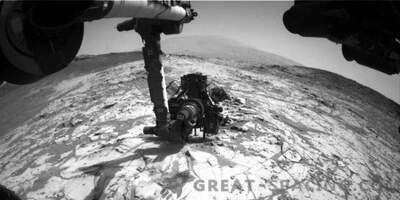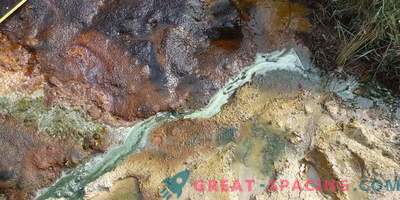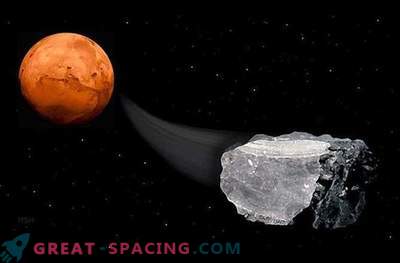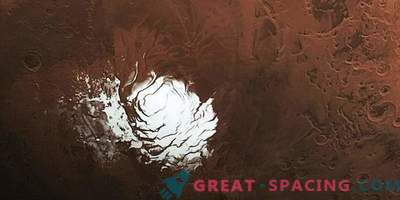
Metallosphaera sedula (thermoacidophiles)
Researchers at the University of Vienna are looking for unique biosignals on synthetic extraterrestrial minerals as a result of microbial activity. These signatures are viewed on a “Martian farm”, where one can observe the contact of the archaeoses of Metallosphaera sedula and Mars-like rocks. These microbes are able to oxidize and integrate metals in the process of metabolism.
The “Martian farm” was created specifically to mimic the ancient, extinct microbial life based on gases and synthetic Martian regolith. The team is especially attentive to the behavior of Metallosphaera sedula - a microbe living in extreme conditions.

Synthetic Martian Regolith
To satisfy the microbial's need for food, scientists use mineral mixtures that mimic Martian regolith composition from various places and evolutionary periods. “AO 1A” is represented by palagonite (created by lava), “P-MRS” is hydrated phyllosilicates, “S-MRS” is sulfate, and “MRS07 / 52” consists of silicate and iron-containing compounds. It was possible to show that due to the oxidizing metabolic activity of the metal, microbes colonize the area, emit soluble metal ions into the filtrate solution and change the mineral surface. Behind him Metallosphaera sedula leaves a specific signature.
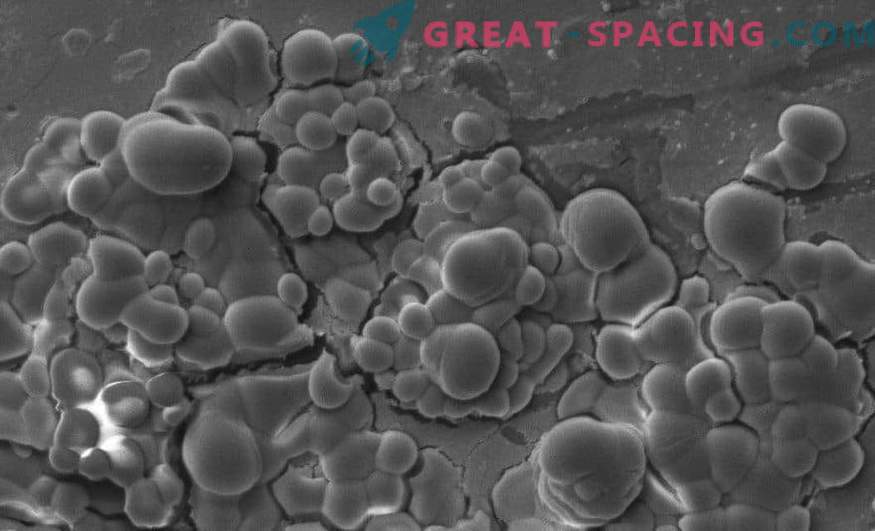
Microspheroids
The electron microscope and analytical spectroscope helped to examine in detail the surface of the Martian regolith bioprocessor simulators. These data complement the picture of the possible microbial life of Mars in the past.
